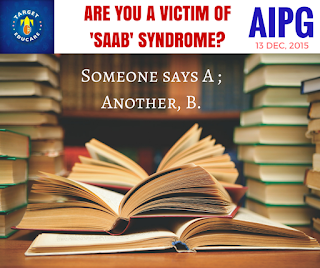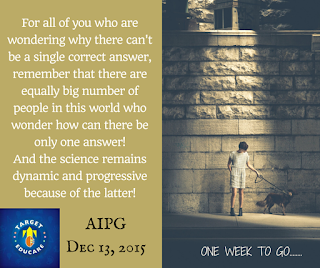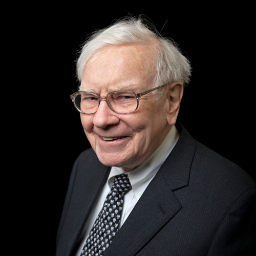 Dr. Praveen Arany, Assistant Professor, Oral Biology, School of Dental Medicine, University at Buffalo, was previously an assistant clinical investigator at the National Institute of Dental and Craniofacial Research, National Institutes of Health, Bethesda. Dr. Arany's research is focused on the molecular mechanisms and clinical applications of light therapy to promote wound healing and tissue regeneration.
Dr. Praveen Arany, Assistant Professor, Oral Biology, School of Dental Medicine, University at Buffalo, was previously an assistant clinical investigator at the National Institute of Dental and Craniofacial Research, National Institutes of Health, Bethesda. Dr. Arany's research is focused on the molecular mechanisms and clinical applications of light therapy to promote wound healing and tissue regeneration. Dr. Praveen Arany will be at The Dental Nexus office, Kamala Mills Compound, Lower Parel West, Mumbai on July 1st, 2016 and lecture from 2 to 5 PM and also interact with academicians, clinicians and researchers working on Laser therapeutics and regeneration.
Dr. Praveen Arany will be at The Dental Nexus office, Kamala Mills Compound, Lower Parel West, Mumbai on July 1st, 2016 and lecture from 2 to 5 PM and also interact with academicians, clinicians and researchers working on Laser therapeutics and regeneration. The purpose of this workshop is to provide a brief and broad overview of biophotonics devices used in dentistry in a three-part mini-talk series:
1. Biophotonics Technologies in Clinical Dentistry (45min)
A brief introduction to various biophotonics technologies that are currently available for clinical dentistry from routine illumination loops to composite curing lights.
The use of optical (digital) techniques for imaging hard and soft tissues that are increasingly popular will be described. Finally, fundamentals of lasers and safety will be briefly discussed.
2. Surgical Laser Applications in Dentistry (45min)
This talk will focus on the surgical applications of lasers for hard and soft tissue procedures with an emphasis on various wavelengths available currently. An introduction to the rationale and current methodologies for surgical curettage in periodontal and peri-implant disease management will be discussed.
3. Non-Surgical Biophotonics Applications in Dentistry (45min)
The final talk will overview the fundamentals of non-surgical applications including anti-microbial and anti-tumor photodynamic therapy as well as Photobiomodulation therapy.
Key progress in these areas will be discussed and current and developing regenerative applications will be discussed.
Dr. Arany's Landmark study:
The study's lead author, Dr. Praveen Arany and his team hope to test this type of dentin regeneration in human clinical trials, which could potentially alter modern dentistry from restorative to a regenerative deliver of care.
He is currently working with his colleagues at the National Institute of Dental and Craniofacial Research (NIDCR) to outline the requisite safety and efficacy parameters to take this research to clinical human trials.
Dr. Arany says “the barrier to clinical trial translation is relatively low.” The laser is already being used in contemporary dental offices today for other purposes.











